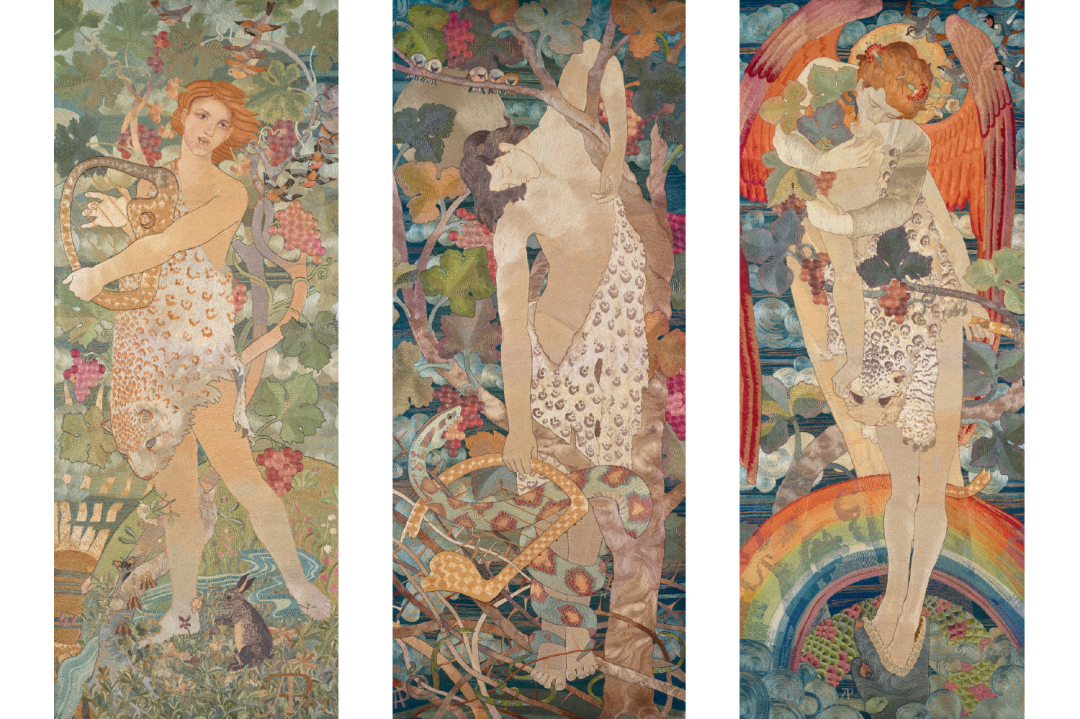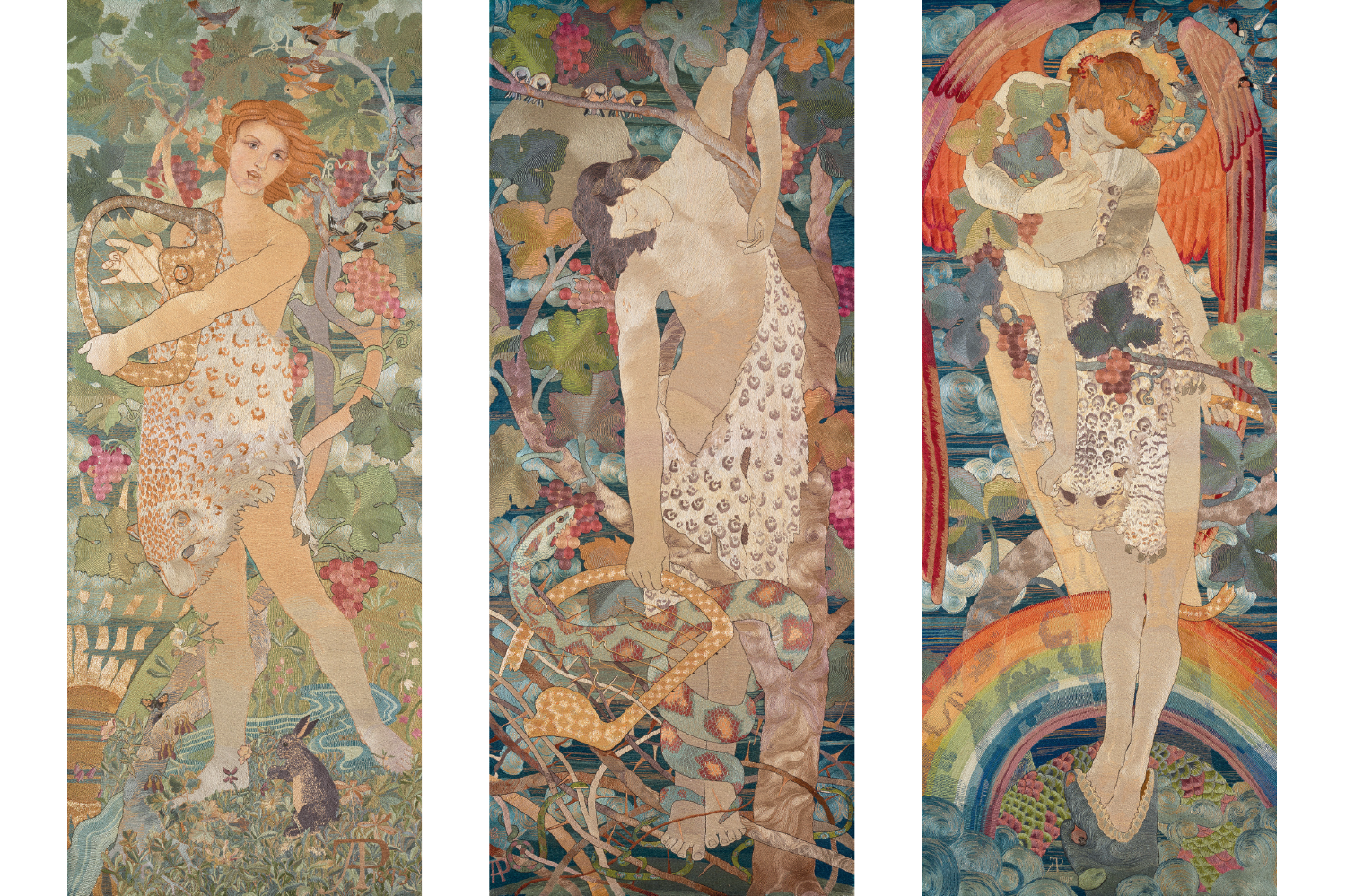For nearly 50 years, the Scottish collection at Edinburgh’s National Galleries has been housed in a gloomy subterranean space beneath the main gallery, rarely visited, never celebrated. If you didn’t know it was there, don’t be ashamed. Just 19 per cent of visitors ventured into the bowels to find the jumble of Scottish paintings, dimly lit and hanging on colour-sucking, mucky green walls above a depressing brown carpet. Of those who did get there, lots immediately turned and fled back upstairs to the luminous comforts of Titian, Velazquez and Rubens. Safe to say, the space was not exactly showcasing Scottish art; a puzzling strategy for the country’s flagship gallery.
The hang is uncluttered. Each painting has room to breathe
But no more. The underground space has been completely transformed and expanded, no mean architectural and engineering feat given the gallery lies in the middle of a Unesco World Heritage Site and sits above three railway tunnels feeding Waverley station. More than 130 works from the Scottish collection, dating from around 1800 to the second world war, now hang across a spectacular new exhibition space that is even larger than the original gallery above. Floor-to-ceiling picture windows frame views of Princes Street Gardens, the Scott Monument and Waverley, bringing natural light into the long exhibition space and offering a geographical prod to remind visitors where they are.
The collection is displayed in chronological order. If you start on the ground floor, you begin with the oldest pieces. A temporary display of David Allan’s irresistible ink portraits of Italian and Scottish characters fills the print room. Big hitters, such as Henry Raeburn’s ‘Skating Minister’ (c.1795), hang beside the main collection while early 19th-century genre paintings get their own room on the way down to the new gallery, showing scenes from everyday life and historical events; marriage, industry, murder.








Comments
Join the debate for just £1 a month
Be part of the conversation with other Spectator readers by getting your first three months for £3.
UNLOCK ACCESS Just £1 a monthAlready a subscriber? Log in